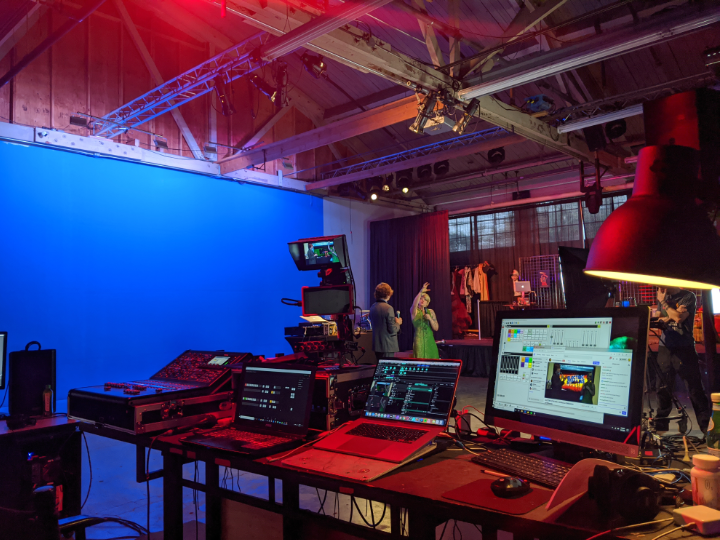Choosing the Optimal Pixel Spacing for Optimal LED Display Performance
Choosing the Optimal Pixel Spacing for Optimal LED Display Performance
Blog Article

When it pertains to LED walls, a key important factors to take into account is pixel pitch. Pixel pitch is defined as the space between the centers of two adjacent pixels on an light-emitting diode display. This metric is usually expressed in millimeters. Understanding pixel pitch is essential because it explicitly affects the resolution and definition of the images displayed. A smaller pixel pitch indicates that the pixels are nearer together, leading to a higher resolution, while a larger pixel pitch yields in a diminished resolution. Therefore, selecting the right pixel pitch is vital for obtaining optimal LED wall performance.
The selection of pixel pitch frequently is influenced by the viewing distance. For instance, if the LED wall is meant to be seen from a further away, a bigger pixel pitch may be suitable. This is because the human eye cannot easily distinguish individual pixels when they are more distant away. On the contrary hand, if the wall will be viewed up close, a smaller pixel pitch is needed. In situations such as inside events, where viewers are typically closer to the screen, a smaller pixel pitch will offer a crisper and more distinct image. Hence, understanding how viewing distance impacts pixel pitch is critical to making an educated choice.
Another important factor is the planned use of the light-emitting diode wall. Different applications, such as advertising, over at this website concerts, or conference presentations, may necessitate varied pixel pitches. For example, an LED wall used for advertising in a shopping center may gain from a pixel pitch that facilitates lively colors and high detail so that it captures the focus of bystander shoppers. Conversely, an external LED wall used at a concert may prioritize brightness and visibility over resolution, permitting for a bigger pixel pitch. Thus, the specific context in which an light-emitting diode wall will be utilized is vital for establishing the appropriate pixel pitch.
Cost is also a major factor when choosing pixel pitch. Typically, LED displays with smaller pixel pitches tend to be more expensive due to the higher density of pixels and the sophisticated technology needed for manufacturing. While it may be enticing to choose a high-resolution display with a small pixel pitch, budget constraints frequently require a balance between quality and cost. Organizations should assess their needs and decide how much they are willing to invest in an LED wall, ensuring that the pixel pitch aligns with their financial capabilities while still satisfying functional expectations.
Finally, it is essential to take into account the maintenance and durability of the LED wall when choosing pixel pitch. Displays with reduced pixel pitches can sometimes be more fragile and may require more meticulous handling and maintenance. Regular upkeep is necessary to ensure that the display functions effectively over time. Knowing the maintenance requirements and potential challenges associated with varied pixel pitches can help organizations make a more knowledgeable choice. By considering all these elements, including sight distance, intended use, cost, and maintenance, individuals can select the perfect pixel pitch for peak LED wall performance.